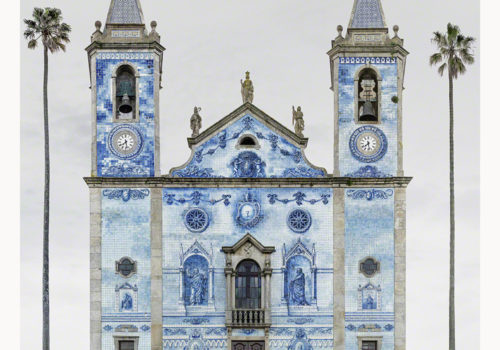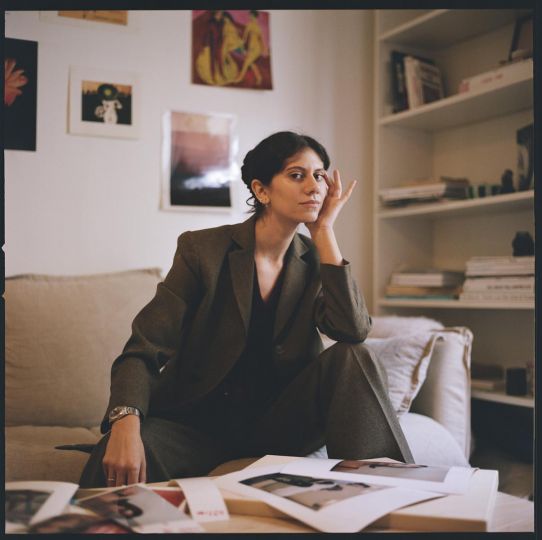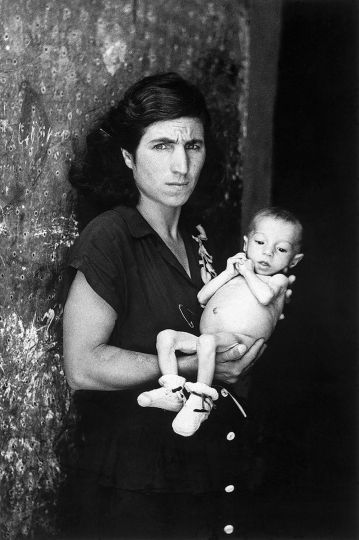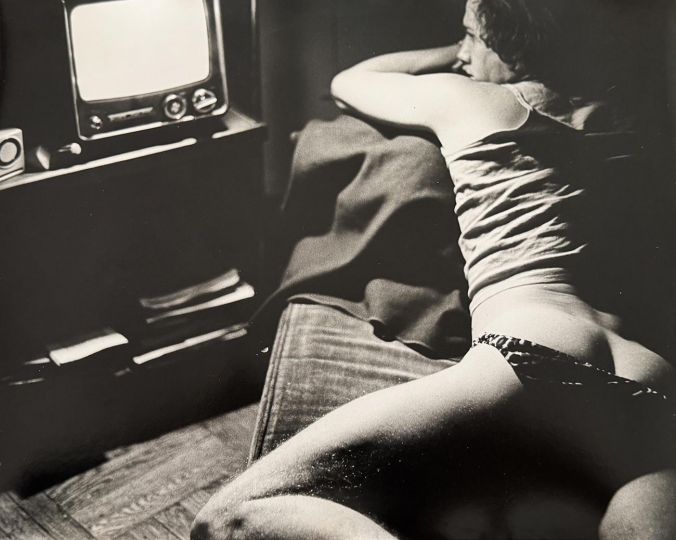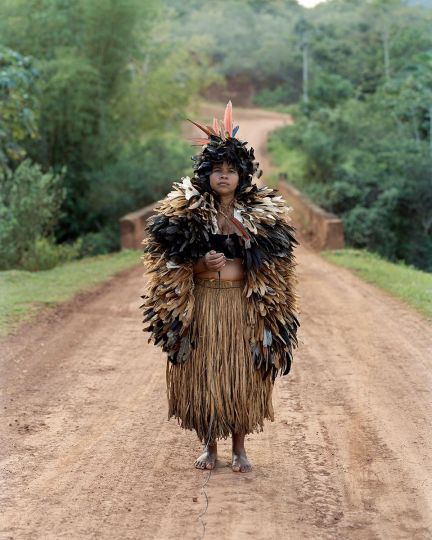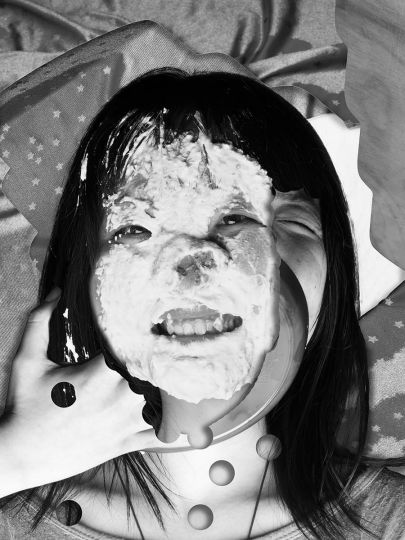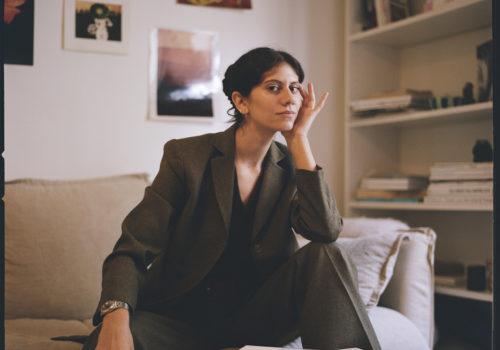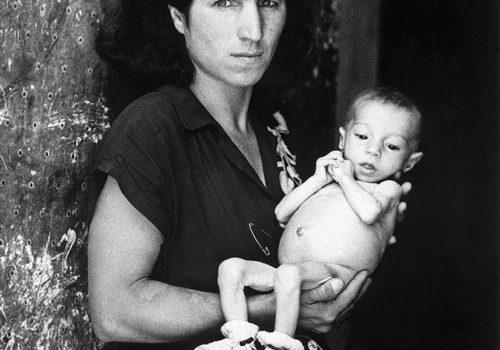The towns of Reims, Amiens, Paris, Dresden, Cologne and Orvieto all have in common cathedrals loved by tourists. These churches belong to the long list of places that Markus Brunetti chose to depict. A sense of perfection and rigor characterize his work. For more than ten years, Markus Brunetti traveled with his companion, Betty Schöner, all throughout Europe to photograph the facades of sacred buildings. Gothic, Roman, Baroque and other styles of architecture appear here in the most minute detail. Brunetti talks about a “Grand Tour” in the manner of art lovers, writers and artists of the Age of Enlightenment. In the middle of the 19th century, photographers who set upon this trip took on the task of photographing the historical monuments of France, Italy, Greece, Egypt and Palestine. For Brunetti and his companion, the project was not less ambitious. After Western Europe, they are now concentrating on Northern Europe and are preparing to leave for the east. The trip should lead them to Russia, then to the continent of Asia. There are billions of potential churches to photograph.
The serial, factual, typological side of Brunetti’s work is not dissimilar to the photographs of Bernd and Hilla Becher. While they worked in black and white and in film, Brunetti takes on a totally different approach with his use of the digital technique. He photographs each fragment like a high-definition scanner to next gather all his images digitally in a coherent ensemble. His process of shooting, as crazy as it is titanic, largely goes beyond the concept that we have of photography. The digital tool that the artist knows perfectly is not an end in itself. The process is intrinsically long and fastidious (Brunetti sometimes works several weeks, even several months, on the same facade) since, at the end of the day, it’s still about reconstructing the architectural richness of the structures from multiple pieces of a broken-down puzzle.
Never have churches been depicted in such a way. The large-format prints that are achieved are more similar to the architects’ original plans (which never existed) than to a traditional photograph. Who saw the cathedral of Strasbourg or Chartres like this? No one, in fact. It is not a religious sentiment that keeps Brunetti going in his undertaking. He examines the surface, follows the contours and architectural details, and never enters the interior of the structures. They are facing us. Brunetti’s images oscillate between real and virtual. There is something vertiginous about it. For the viewer, a new way of seeing undoubtably emerges.
Nathalie Herschdorfer
Markus Brunetti, Facades
Through October 16, 2016
Musée des beaux-arts du Locle
Rue Marie-Anne-Calame 6
2400 Le Locle, Switzerland
www.mbal.ch
www.markus-brunetti.de

